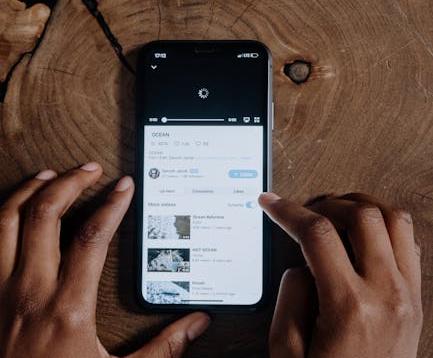October 16th.Youtube A new "Shot on Camera" tag is being introduced to indicate whether an uploaded video was shot on a real camera and has unaltered picture and sound.

Trupic, a digital content certification service, uploaded a video to its channel thatShows the new "Shot with Camera" tab in action, which is displayed in the video description panel.Trupic says it's "the first real video on YouTube with C2PA content credentials."
YouTube relies on the Content Source and Authenticity Alliance (C2PA) standards to test the authenticity of uploaded videos.This means that this feature is only available for recording devices and tools that support metadata. In a help page about this new feature, the site says that the label "means that the creator used a specific technique to verify the origin of his or her video and confirm that his or her audio and video have not been modified." Additionally, creators must be using C2PA 2.1 or later tools exclusively for the label to appear, so users may not see the label very often for a long time. Companies like Leica began implementing content credentials in their hardware last year, but it's unclear if those credentials will trigger YouTube's tag.
In an email to The Verge, Google said it has been "exploring" how to communicate the C2PA message to YouTube viewers. Google also explained in a blog post that it's adding the following to YouTubeAIThe goal of generating content transparency, where videos don't necessarily need to be unedited in order to get labeled, theJust about every step of the process must support C2PAand to avoid the following:
- One is editing that breaks the chain of origin or makes it impossible to trace the video back to its original source. For example, if an image is captured with a camera with C2PA metadata and then saved to a cell phone album that does not support C2PA 2.1 or later, this may break the chain of origin.
- The second is to make significant changes to the core nature or content of the video, including sound and visual effects.
- Third, editing that makes the video incompatible with the C2PA standard (version 2.1 and higher) is performed.
Google introduced the "Modified or Composited Content" tab earlier this year, requiring YouTube users to self-label their uploaded videos that contain AI-generated content.